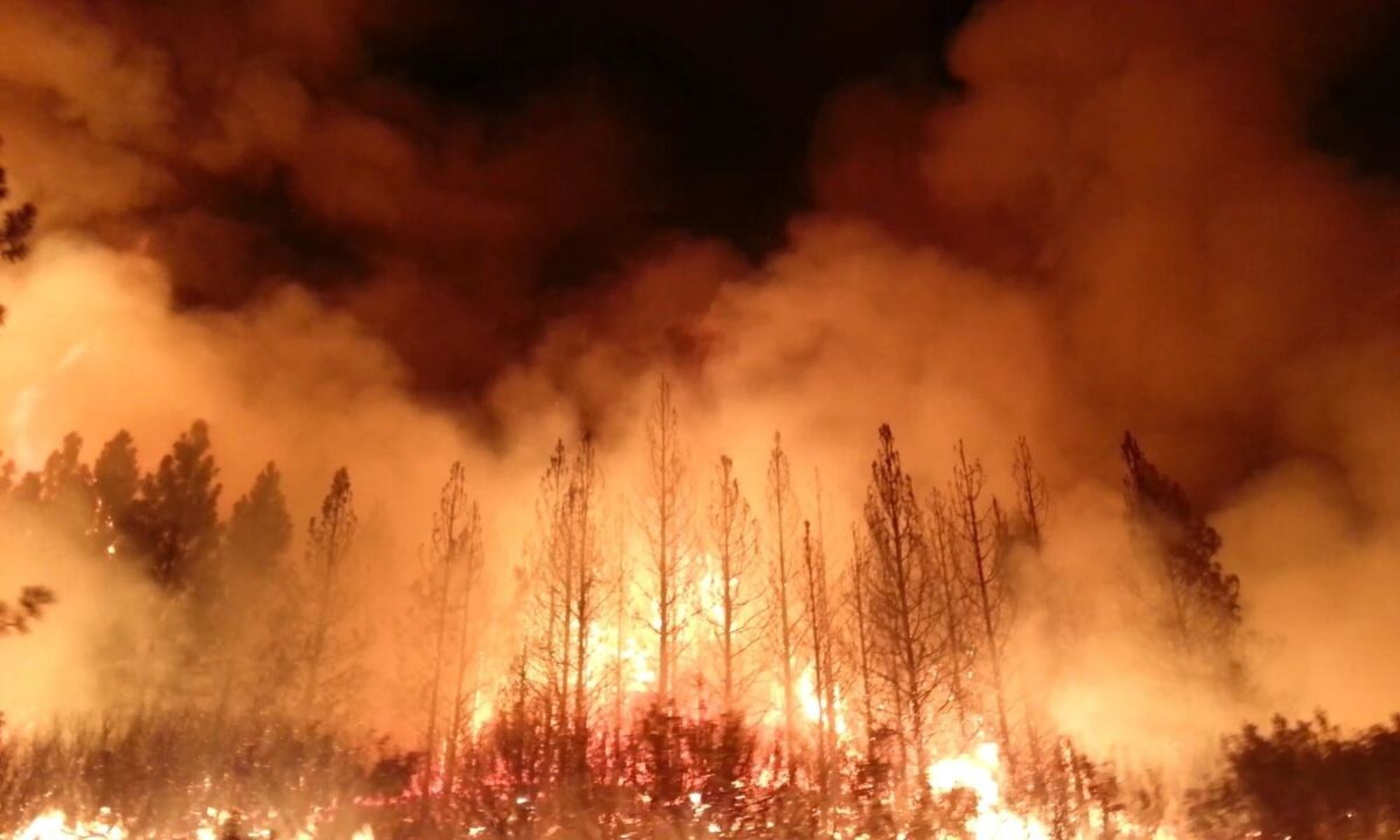U.S. Fire Administration News
RSS Error: https://www.usfa.fema.gov/rss/blog.xml is invalid XML, likely due to invalid characters. XML error: Unknown at line 706, column 7


Option Independent Fire Company
When you need the best, there's only one Option!